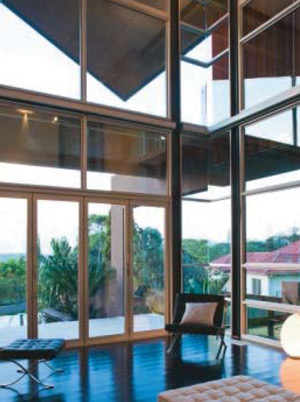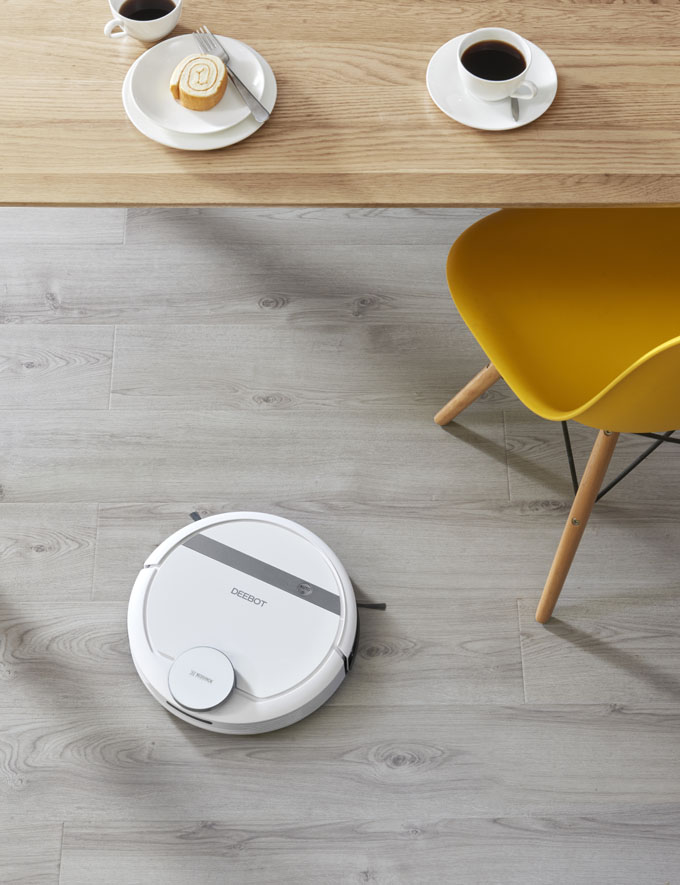
WORDS Luke Fry
Natural light in a home remains a high priority for architects and designers who truly understand its benefits. For the rest of us, Luke Fry has gathered some essential facts on how lighting can make all the difference to your living space
Bringing natural light into your home is often overlooked if it involves anything more than an opening in a wall, but do the benefits of natural light run deeper than simply reducing the need to turn on a light switch? While many people are conscious of the dangers of too much exposure to sunlight, not everyone is aware of the beneficial aspects of short periods of exposure to natural light and its necessity in our daily lives.
In fact, enjoying the daylight from time to time can make a big difference in how people feel, think and perform. These health benefits have been well documented over the years in both theoretical and scientific studies, with the results all pointing to the fact that additional controlled natural light in our homes can only be a good thing. In Australia, we often take for granted the high levels of quality sunlight we receive all year round, and it is not always taken advantage of in our homes.
According to Archiexpo.com, “Depending on the season and the degree of cloud cover, the intensity of natural daylight is between 5000 and 100,000 lux (a unit measurement of light intensity as perceived by the human eye). Natural daylight entering through skylights in the roof is around five times more intense than daylight entering through windows.”
The difference in light quality is due to the difference in the degree of the sun entering a window in the wall compared to the roof. Between the height of summer and the depths of winter, the angle of the sun varies up to 23.5 degrees depending on your lateral location. In the southern hemisphere, the light which we most desire is that coming from the north, and vice versa in the northern hemisphere. This is due to the sun’s path closely following the earth’s equator as it tilts on its axis throughout the year, creating our four seasons. Therefore, light that normally enters the home in winter will be blocked by eaves or large tree canopies during summer. This knowledge is vital when designing a house correctly and maximising the natural elements.
Medium- and high-density living is a serious issue we currently face when it comes to the “liveability” of our major cities, and getting adequate and effective light is a major concern. When asked his opinion on bringing light into a home, architect Phil Snowdon (Snowdon Architects) says, “With respect to natural light, we seek to bring in the changing light quality of each day and night as deeply into a building as possible. We look to contrast ambient and diffused light that may be transferred with transparent and translucent external and internal surfaces, with direct and reflected light brought in through windows and roofs and refracted with mirrors and other reflective surfaces. Our light is often further dappled through the use of various screening devices located both externally and internally. We like to think our internal spaces can be appreciated and enjoyed without artificial lighting for a large percentage of their occupied time.”
The quality of natural light in a home far outweighs that of artificial light in many ways. It provides a better distribution of light with a more even illumination of spaces and surfaces in more directions. The colour rendition of our environment is also much better, as natural light is what the human eye is designed to use when determining colours. Most artificial light tends to enhance some areas of the spectrum and be weaker in other areas.
Strategically placed skylights can replace the need for electric lighting, at least during the day, and can also heat your home, cutting down the amount of electrical or gas heat you will need to generate. This can translate into combined savings of up to 20 per cent per year. Not only will intelligent design such as this help your back pocket while you are living in the house, it will also translate into more dollars when you resell due to an ever-increasing energy-conscious society.
Companies such as Solatube provide a great range of natural lighting products which can be retro-fitted into almost any home. As a Green Star-accredited company, Solatube can also assist in achieving or increasing your energy-efficiency rating. The evolution of the traditional skylight means the company can now deliver natural light more effectively while overcoming greater installation challenges through bending tubes and reflective linings. Find out more at www.solartube.com.au.
”With respect to natural light, we seek to bring in the changing light quality of each day and night as deeply into a building as possible. We look to contrast ambient and diffused light that may be transferred with transparent and translucent external and internal surfaces, with direct and reflected light brought in through windows and roofs and refracted with mirrors and other reflective surfaces. Our light is often further dappled through the use of various screening devices located both externally and internally. We like to think our internal spaces can be appreciated and enjoyed without artificial lighting for a large percentage of their occupied time.” — architect Phil Snowdon of Snowdon Architects
As seen in this Felton Constructions project, a huge skylight in the bathroom not only welcomes plenty of natural light into the space, it is a feature all on its own.
Photography by Sandy DeBeyer.






